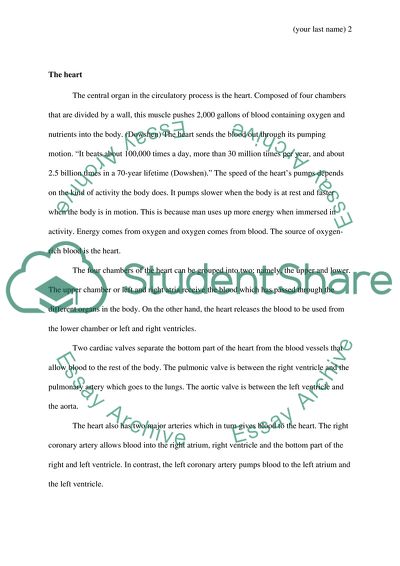Cite this document
(The Circulatory System Essay Example | Topics and Well Written Essays - 1500 words - 1, n.d.)
The Circulatory System Essay Example | Topics and Well Written Essays - 1500 words - 1. https://studentshare.org/biology/1794726-the-circulatory-system-and-its-importance
The Circulatory System Essay Example | Topics and Well Written Essays - 1500 words - 1. https://studentshare.org/biology/1794726-the-circulatory-system-and-its-importance
(The Circulatory System Essay Example | Topics and Well Written Essays - 1500 Words - 1)
The Circulatory System Essay Example | Topics and Well Written Essays - 1500 Words - 1. https://studentshare.org/biology/1794726-the-circulatory-system-and-its-importance.
The Circulatory System Essay Example | Topics and Well Written Essays - 1500 Words - 1. https://studentshare.org/biology/1794726-the-circulatory-system-and-its-importance.
“The Circulatory System Essay Example | Topics and Well Written Essays - 1500 Words - 1”. https://studentshare.org/biology/1794726-the-circulatory-system-and-its-importance.


